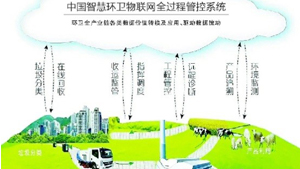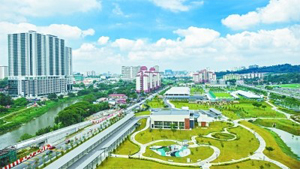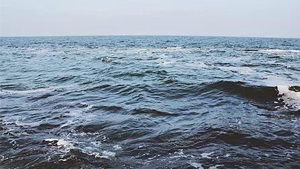Beijing Development and Construction News | Liangshui River Clean Project 2017-04-10
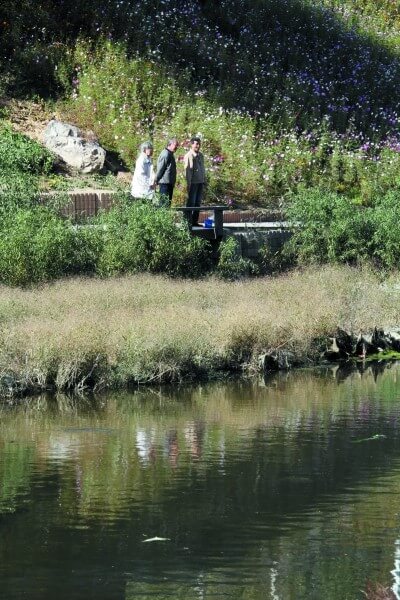
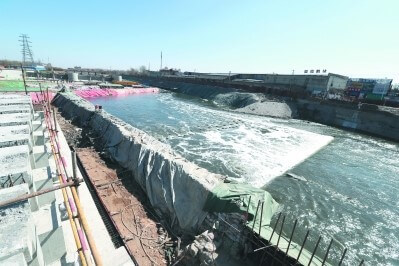
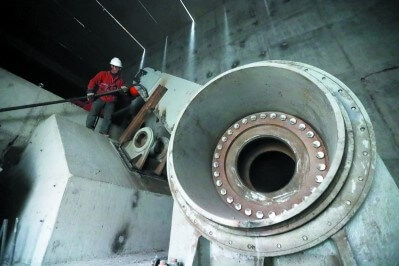
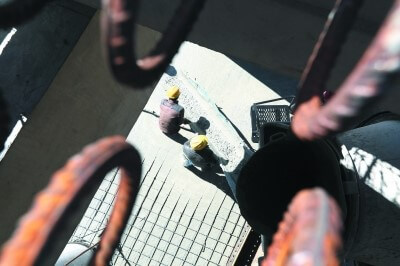
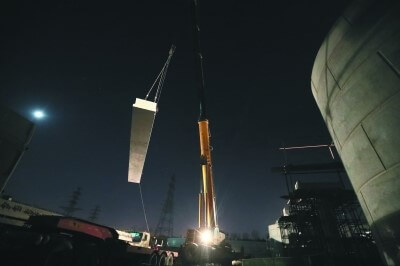
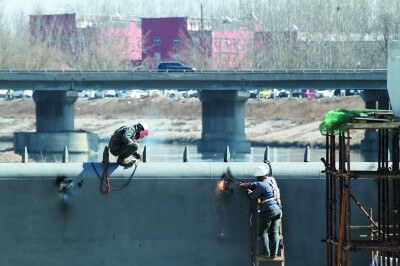
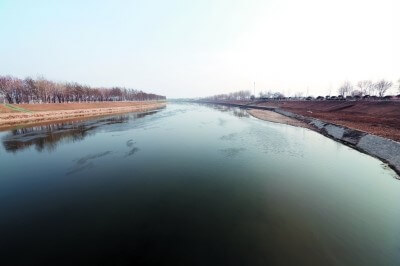
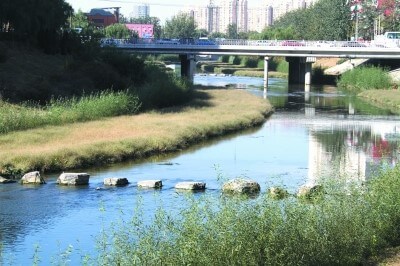
At night when all is still, the construction site of Liangshui River Tongzhou section of the Majuqiao is still crashing against time. Less than 200 meters away from Majuqiao, a new bridge---Majuqiao traffic bridge is carrying out the main beam hoisting work of the pedestrian trails. The north side of the bridge is Yizhuang, and the south side is Tongzhou. The bridge width will be 40 meters with four lanes, and the traffic congestion will be effectively alleviated to facilitate the surrounding residents with the widening of the bridge.
In February 2014, Beijing Enterprises Water Group Limited (“BEWG”) subordinated to Beijing Enterprises Holdings Limited was entrusted with the responsibility for harnessing water of Liangshui River, and the construction of the bridge was part of the project. Different from the traditional water management, the comprehensive management of the water environment of Liangshui River will form a diversified city watercourse and green water space consisting of flood control, drainage, landscape, ecology and humanities with the purpose of clear water, green shore, safety and pleasant environment.
Chengnan Section: stinking ditch turns into a green belt
Liangshui River Basin is located in the southwest of Beijing, the southeastern suburbs. The main stream is 67.2 kilometers long, originated from tailrace of Shougang Sewage Treatment Plant, Shijingshan District, flowing through Haidian District, Xicheng District, Fengtai District, Chaoyang District, Daxing District and Tongzhou District, joining the North Grand Canal at upstream of Yulinzhuang sluice gate of Tongzhou Distrct. The riverway is 39.4 kilometers long from the origin to the Majuqiao gate, the city section of Liangshui River; and 27.8 kilometers long from Majuqiao gate to the river mouth of the North Grand Canal, the Tongzhou section of Liangshui River. The total drainage area of Liangshui River is 6.24 million square kilometers with a total population of about 4.5 million.
Since March 2014, BEWG has taken pollution control measures such as channel cleanout, installed deodorization equipment, dismantled illegal buildings and upgraded ecological environment on both sides of the river. The water quality was basically clean, and once dirty and smelly Liangshui River was turned into a river park, where citizens may stroll idly around the waterfront. The city section from Renminqu to Nansanhuan with a total length of 19km completed the water environment treatment, and water quality meets surface Class IV water standards, becoming a waterfront ecological zone.
Tongzhou Section: Drainage channel turns into a water park
With the urban sub-center construction continues to accelerate, the governance of Liangshui River Tongzhou section started at the end of 2015, ahead of the original plan for nearly six months.
According to on-site related person in charge of Liangshui River project, Tongzhou section projects include watercourse widening, bridge sluice reconstruction, road and embankment construction, and ecological restoration, etc. In addition, the fluvial cross section of Tongzhou Section is too small and not wide enough, and unable to meet the flood control requirements, thus partial broadening is required. In addition, part of the bridge and sluice reconstruction is also the key of governance. It is understood that Majuqiao gate, Xinhe gate and Zhangjiawan gate and two bridges will be rebuilt in the original location.
Majuqiao gate under construction uses the flap gate driven by bottom shaft for the first time with a total of 3 holes, the clear width of each hole is 30 meters, and the total clear width is 90 meters, which will be the largest sluice of Liangshui River. It is learned that the designed flood control standard is 50 years, and flood calibration standard is up to 100 years.
In the traditional river control project, iron fence is usually installed manually for safety and management to isolate citizens from the river, which deprive the fun of enjoying water. Therefore, BEWG reversed the previous management philosophy with the hope of adding some landscape nodes on the basis of flood control, so that the netizens may experience ecology, landscape, cultural and multi-functional effect of riverway and enjoy the construction achievement of urban ecological civilization. Therefore, BEWG first proposed to build landscape nodes in the design to create leisure space for residents along the bank. It is understood that five landscape nodes including “calm and broad river”, “water seeing”, “worldwide transport”, “admiring lotus”, and “both sides of Tongzhou” were designed for Tongzhou Section as water enjoying leisure section, ecology section, ancient traffic section and multilevel sightseeing space for visitors on the embankment, streambank or pedal boats.
“Park-type” river management mode introduced
As central government and local government place increasing emphasis on valley harnessing, BEWG is not satisfied with the simple black and odorous water control project as a specialized water service provider. It introduces the advanced management concept and mode in the Liangshui River Project, and strives to provide the government with the long-term mechanism covering planning, design, facilities construction and operation in terms of valley harnessing.
In the Liangshui River project, BEWG implements river comprehensive management as the main body of social capital introduced by the government; in terms of custody model, BEWG will conduct post-custody after completing comprehensive management to replace the previous “multiple management” model so as to form a long-term water management mechanism to enhance the effect of river maintenance; carry out a variety of business development researches to maximize value of the river; and introduce “park type” river management model for the benefit of the surrounding people.
It is reported that Liangshui River Tongzhou section is currently constructing the bridge sluice structure project and green landscape project. About 50% of the entire Tongzhou Section is completed, of which about 80% of the river flood control project is completed, about 40% of bridge structure project is completed and about 40% of greenery landscape upgrade project is completed.
